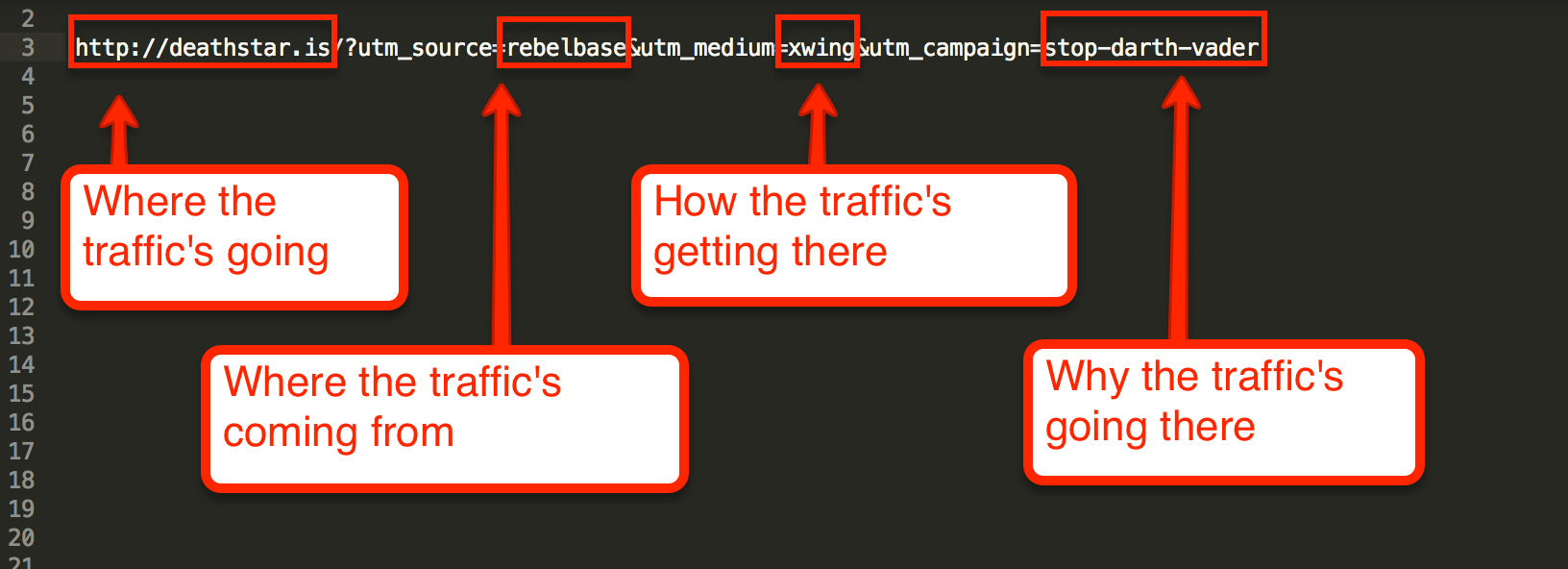
There’s a famous quote attributed to management guru Peter Drucker that goes “What gets measured gets managed.” Most people don’t know two things about it.
First, Drucker actually never said it.
And second, the full quote actually says “What gets measured gets managed – even when it’s pointless to measure and manage it, and even if it harms the purpose of the organization to do so.”
If I could tape one quote to the screen of every social media manager, chances are it would be this one.
Measurement can be hard due to technical limitations but it’s even harder when you do have the data and you confuse that for insights. So let’s look at the right way to do social media measurement.
Start with the goals
I get asked what metrics brands should track quite often and it’s always difficult to answer. The truth is metrics are the end of a long planning process that starts with goal setting.
So answering what you want to achieve is the first step in measuring success.
The truth is that social media platforms can be helpful in every stage of the buyer journey, provided that you have the right content strategy:
- Awareness – drawing attention to the brand can be done in quite a few ways, with content that answers questions, or pieces that entertain;
- Engagement & community building – an owned audience is a long-term asset and this can be done both through a company page or creating a branded social group;
- Lead generation – social is generally considered the domain of consumer brands, but B2B brands can use social platforms for acquiring leads and social selling;
- Sales – especially when it comes to e-commerce brands, sales is the end goalpost for social media campaigns.
Once you’re ready with your goals, the fun can officially start.
Content consumption and awareness metrics
The first type of metrics we need to follow tells us how far our brand content traveled. Facebook calls it Reach, LinkedIn has Unique Impressions. Twitter is the outlier and doesn’t show a unique measurement about the number of people who have seen your posts, but you can use impressions.
An increase in the reach of your content means you’re giving the algorithms what they want and your content catches the attention of your audience.
Total engagements and engagement rate
People see content in their social media news feed all the time but they rarely pay attention to it. So the real sign of content effectiveness is the engagement it gets.
The key thing to track is not just the total number of engagements but also the percentage of people who saw the post and reacted to it – the engagement rate.
Analyzing absolutes vs ratio metrics
Comparing rates gives you a much clearer understanding of the type of posts that worked for you. If you see two posts that got 50 engagements each, you would think they perform the same. But if one was seen by 200 people and the other by 2000, the difference is massive. So rates show if low total engagement is due to the fact that the post is not interesting or that it was seen by very few people to begin with.
Lead generation and sales
Whatever your version of a desired customer action is, there comes a moment where you need to assess if your social media efforts are moving the needle.
This bit of tracking can happen most easily on your own website with the help of Google Analytics. The easiest way to do this is by setting up goals for any important events on your website – be it a newsletter subscription, a contact form fill, or an actual purchase – and analyzing which traffic sources played a role in bringing these users in.
Analyzing performance by source only, though, is a messy business because you cannot know if the traffic from a social platform is due to your posts or to people organically talking about the brand. All the information comes from a single referral link (like facebook.com) and you can’t really track the traffic back to the original post that “caused” people to come to you.
Which is why you need UTM tracking.

UTM tracking
UTM tracking is a handy way to at least attribute your own traffic right. You can add tags to your brand page posts or to your social ad campaigns. I won’t get into the technicalities of this, as it warrants a separate post, but I’ll give you a couple of rules of thumb. If you want a deep dive, this post by Buffer will do the trick.
Be consistent: UTM’s can be fickle as you need to be very strict with the way they are structured. Even a change in capitalization means Google Analytics “sees” a different traffic source – “Facebook” and “facebook” are not the same thing. So keep a naming convention that’s used by everyone on your team and refer back to it when creating new links.
Add as much information as you can: there are 5 different UTM tags recognized by Google Analytics in total so make sure you use them to their full potential. They are:
- utm_source – where the traffic is coming from, like “facebook.com”,
- utm_medium – what’s the way this traffic was generated, like “cpc” or “post”,
- utm_campaign – what is the marketing campaign this post is part of, like “new-content” or “awareness-ads”
- utm_content – what is the content used, like a note on the creative of your ad “red-girl-square”
- utm_term – usually used to denote keywords for search ads, but you can add different info here, for example, your targeting or bidding strategy “reach-20-40-men”
The sanitary minimum is adding the source and medium tags, but I almost always try to add campaign information and for ad campaigns, I’d also add utm_content information about the creative used.
Assisted conversions
If you’re tracking stuff like sales you must be aware that most reports in Google Analytics only show you the direct sales generated – i.e. when a person clicks on a social post or ad and buys directly within the same session.
But quite often people don’t make buying decisions that way. It took me 3 weeks to finally commit to buying a new laptop – and if a social media manager “saw me” clicking on a remarketing ad after the first week and not buying straight away, they might think this ad failed while it certainly did not.
So make sure you’re also looking at the so-called “assisted conversions” – conversions that didn’t come directly as a result of a person clicking on your social link, but where a previous social visit played a persuasive role.
Here’s an example: a user first finds out about your new ground coffee delivery service through a Facebook post. They click through to your website and check out the details but get interrupted by a Zoom call. A week later they see they are running low on coffee and they remember about you. The person jumps on Google, finds your brand, and makes a purchase. The direct transaction is attributed to search traffic, but this never would’ve happened without the prior click on a social media post. And you’ll only take it into account if you look at assisted conversions.
The truth is complicated
So far I’ve shared a bunch of metrics you can use to track your social media performance – but I need to confess that there’s no “one metric to rule them all”, even if you’ve taken the time to specify your social media campaign goals.
You will generally start by analyzing an amalgamation of metrics related to your current campaigns. For example, even if you’re trying to drive leads, you will still need to understand reach and engagement as a sign of your social content quality. Otherwise, if leads are low, you’ll never be able to tell if the issue lies with the original post, the lead offer or bad website UI.
But I still urge you to keep one of the metrics as the ultimate measure for success – and you need to define that before your social media campaign even runs. In this way you’ll be less inclined to deceive yourself about the true performance of your content.
Good luck and happy tracking!
 Vassilena is a marketing consultant, trainer, and speaker. She has more than 10 years of experience in digital communications. Her expertise covers marketing strategy, content marketing, growth, and measurement. She has worked with companies in different industries, mainly in the consumer electronics, e-commerce, and SaaS fields.
Vassilena is a marketing consultant, trainer, and speaker. She has more than 10 years of experience in digital communications. Her expertise covers marketing strategy, content marketing, growth, and measurement. She has worked with companies in different industries, mainly in the consumer electronics, e-commerce, and SaaS fields.
In her spare time, she organizes popular science events with Ratio, teaches content marketing and growth at SoftUni, and authors a blog on digital strategy and growth.
Vassilena holds an MA in International Communications from Leeds Beckett University, as well as a number of certifications, including Google Analytics and Google AdWords Individual Qualification, Hubspot Inbound certification, Growth Tribe Academy’s 6-week growth marketing course in Amsterdam.











